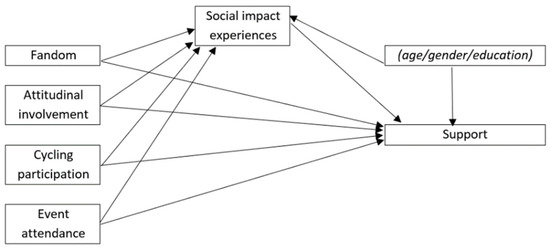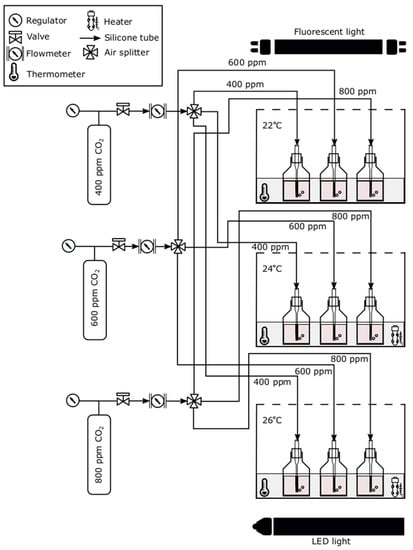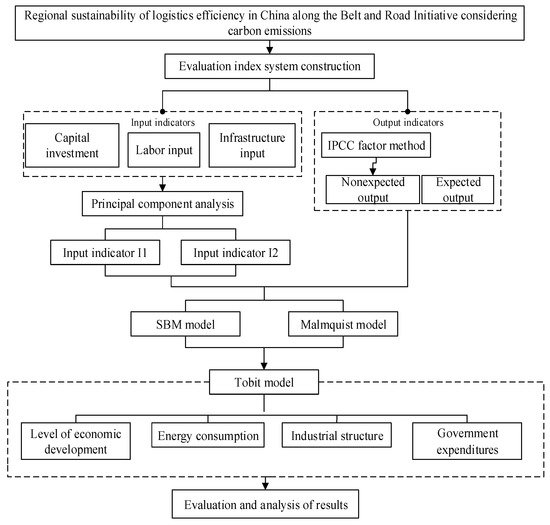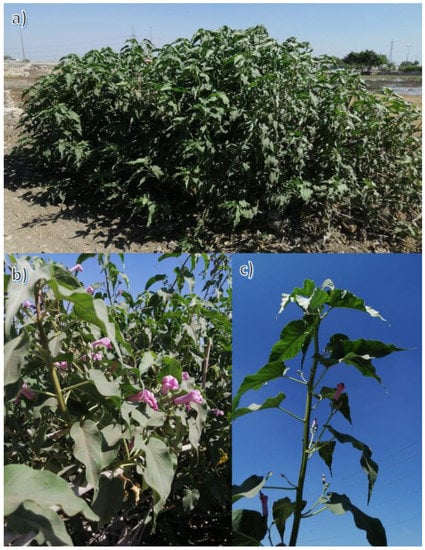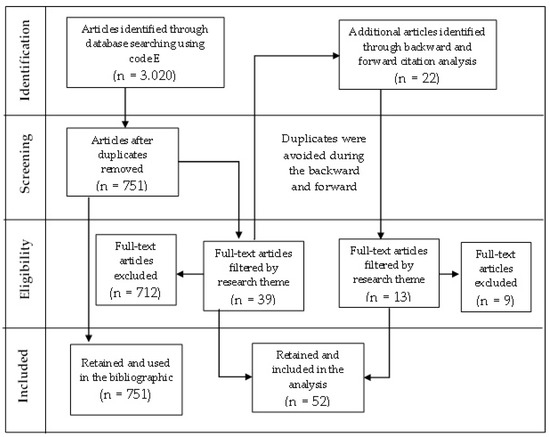Sustainability 2022, 14(15), 9511; https://doi.org/10.3390/su14159511 - 3 Aug 2022
Cited by 6 | Viewed by 4002
Abstract
Earth-abundant Cu2ZnSn(S,Se)4 (CZTSSe) is a promising nontoxic alternative compound for commercially available Cu(In,Ga)(S,Se)2 thin-film solar cells. In this study, a MoO3 nanolayer was applied as a sacrificial layer to optimize the quality of the interface between the CZTSSe
[...] Read more.
Earth-abundant Cu2ZnSn(S,Se)4 (CZTSSe) is a promising nontoxic alternative compound for commercially available Cu(In,Ga)(S,Se)2 thin-film solar cells. In this study, a MoO3 nanolayer was applied as a sacrificial layer to optimize the quality of the interface between the CZTSSe and Mo back contact. MoO3 nanolayers can greatly improve CZTSSe grain growth and suppress the formation of some harmful secondary phases, especially the undesirable MoS(e)2. In terms of device performance, the series resistance was reduced from 1.83 to 1.54 Ω·cm2, and the fill factor was significantly enhanced from 42.67% to 52.12%. Additionally, MoO3 nanolayers improved CZTSSe absorber quality by lowering the defect energy levels from 228 to 148 meV. Furthermore, first-principles calculations demonstrate that the partial sulfoselenized MoO3 nanolayers may function as the (p-type) hole-selective contacts at Mo/CZTSSe interfaces, leading to an overall improvement in device performance. Lastly, a CZTSSe solar cell with about 26% improvement (compared with reference cells) in power conversion efficiency was achieved by inserting 5 nm MoO3 sacrificial layers.
Full article
(This article belongs to the Special Issue Toward Cost-Effective and Efficient Alternatives to Si Photovoltaics)
►
Show Figures


